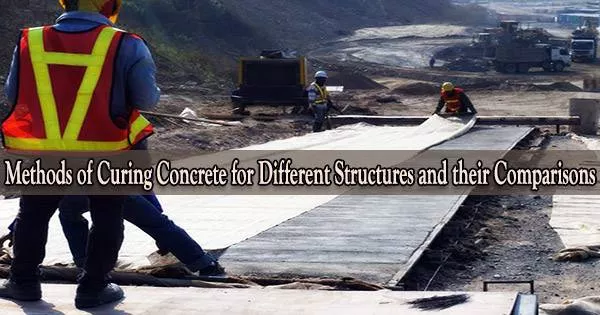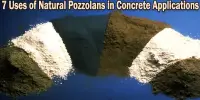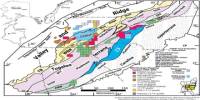The chemical process that transforms Portland cement into a bonding agent occurs when water is added to create the water-cement paste that keeps concrete together. The result of this process, known as hydration, is a cement paste that has hardened and resembles stone. The curing phase that comes after laying and consolidating the plastic concrete determines the rate and degree of hydration as well as the final concrete’s strength.
As long as the mixture retains water and the environment is favorable in terms of temperature, hydration will continue continuously at a declining rate. Hydration stops when the water is taken away and cannot be reintroduced. The time from consolidation to the point where the concrete reaches its design strength is known as the curing phase.
You must take specific actions during this time to maintain the concrete moist and as close to 73°F as is practicable. As long as you continue to maintain the moisture and temperature conditions that are conducive to continuing hydration, the qualities of concrete, including as strength, freeze and thaw resistance, water-tightness, wear resistance, and volume stability, cure or get better with age.
The type of cement used, the mix proportions, the needed strength, the size and shape of the concrete mass, the weather, and the conditions of future exposure all affect how long concrete must be protected against moisture loss. The time frame can be anywhere between a few days and a month or more.
The curing time for cast-in-place concrete is typically 3 days to 2 weeks for the majority of structural uses. This time frame is determined by factors like temperature, cement type, mix proportions, and so on. Longer drying times are typically needed for bridge decks and other slabs exposed to weather and chemical attack.
Methods of Curing of Concrete Structures and their Comparisons
Several curing methods will keep concrete moist and, favorable hydration temperature. They fall into two categories: those that supply additional moisture and those that prevent moisture loss.
Concrete Curing Methods that Supply Additional Moisture
Methods that Supply Additional Moisture:
Sprinklers and wet blankets are two techniques that add more moisture. Both of these techniques add moisture to the surface of the concrete during the first curing or hardening process. Additionally, they contribute to cooling through evaporation. This is particularly crucial during hot weather. Curing concrete effectively involves frequent watering using sprinklers.
However, if you sprinkle at intervals, do not allow the concrete to dry out between applications. This method’s drawbacks include the cost and water usage requirements. Concrete is frequently dried using wet covers like straw, soil, burlap, cotton matting, and other materials that hold moisture. As soon as the concrete has sufficiently hardened, lay the wet blankets to protect the surface. During the entire curing process, keep them in situ and moist. If possible, it is possible to flood horizontal installations by erecting an earthen dam around the perimeter and filling the entire concrete construction with water.
Concrete Curing Methods that Prevent Moisture Loss
Waterproof paper, plastic film, liquid-membrane-forming chemicals, as well as just keeping forms in place, can all be used to stop moisture escape. All seal the surface to stop moisture leakage. Concrete with relatively simple shapes and horizontal surfaces can be cured using waterproof paper. The paper should be big enough to cover the borders of the concrete as well as its surfaces. Before covering, lightly mist the surface with water.
To create a seamless cover with closed joints, place adjacent sheets 12 inches or more apart and press down on their edges. Throughout the entire curing process, keep the coverings in place. Concrete curing processes sometimes employ plastic film materials. They offer basic or complicated forms with lightweight moisture barriers that are simple to apply.
Even so, if the surface was steel troweled to a firm finish, certain thin plastic sheets may stain solid concrete. Plastic film has the same covering, overlap, edge weighting, and surface wetting requirements as waterproof paper. Concrete curing compounds can be used to further cure concrete after form removal or initial moist curing in addition to curing brand-new concrete.
You can apply them with spray equipment, such as hand-operated pressure sprayers, to odd slab widths or shapes of fresh concrete, and to exposed concrete surfaces following form removal. If there is heavy rain within 3 hours of application, you must respray the surface. You can use brushes to apply curing compound to formed surfaces, but do not use brushes on unformed concrete because of the risk of marring the surface, opening the surface to too much compound penetration, and breaking the surface film continuity. These compounds permit curing to continue for long periods while the concrete is in use.
Avoid using curing agents if a bond is required because they may prevent a bond from developing between hardened and fresh concrete. If you maintain the exposed concrete surfaces wet, forms offer sufficient defense against moisture loss. Sprinkle water over wood forms to keep them damp, especially in hot, dry weather.
















